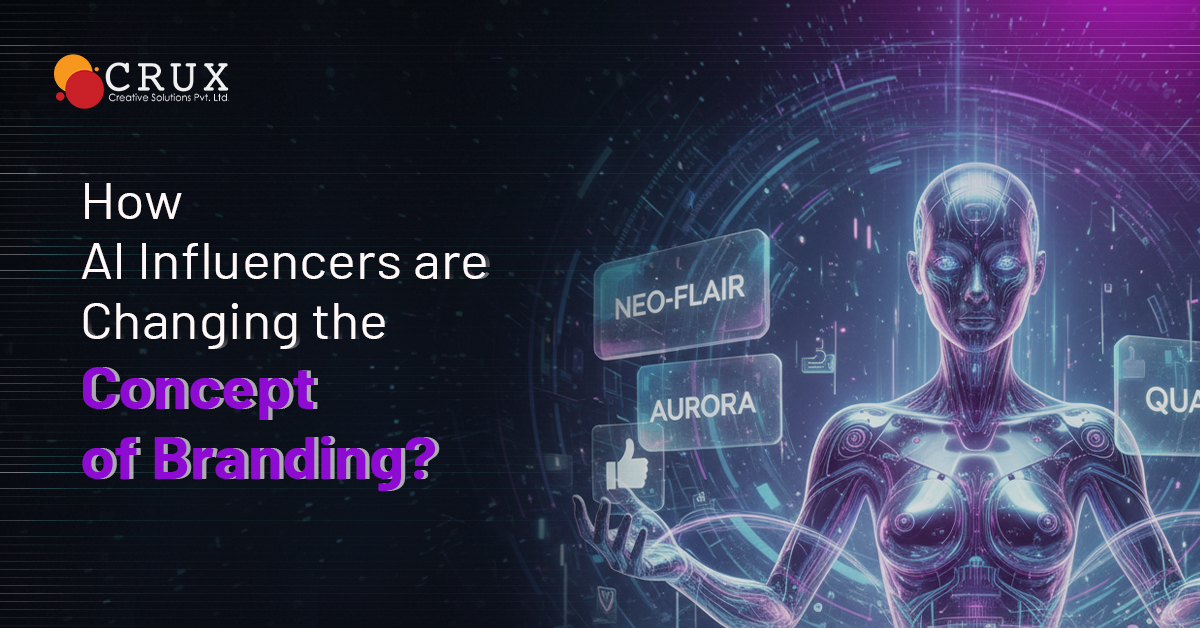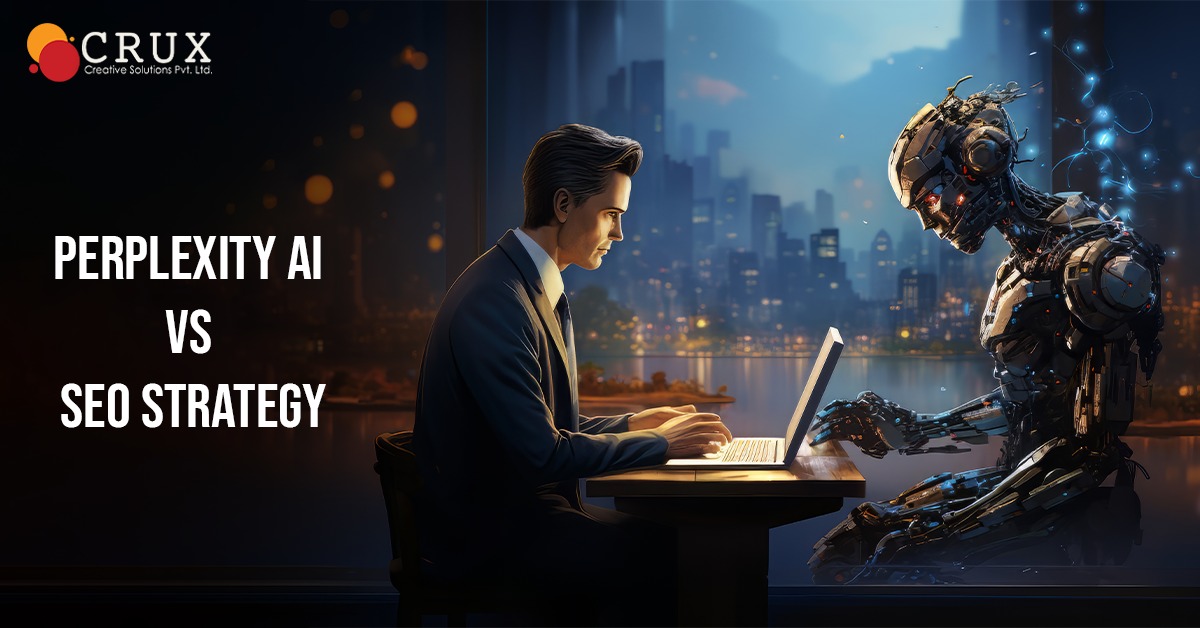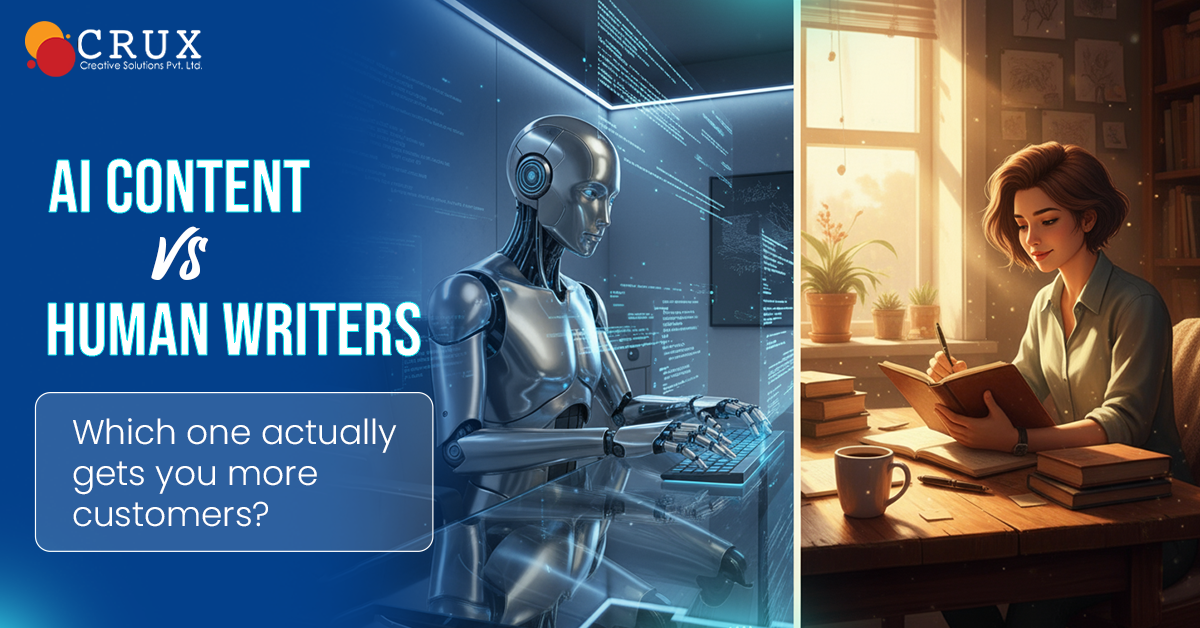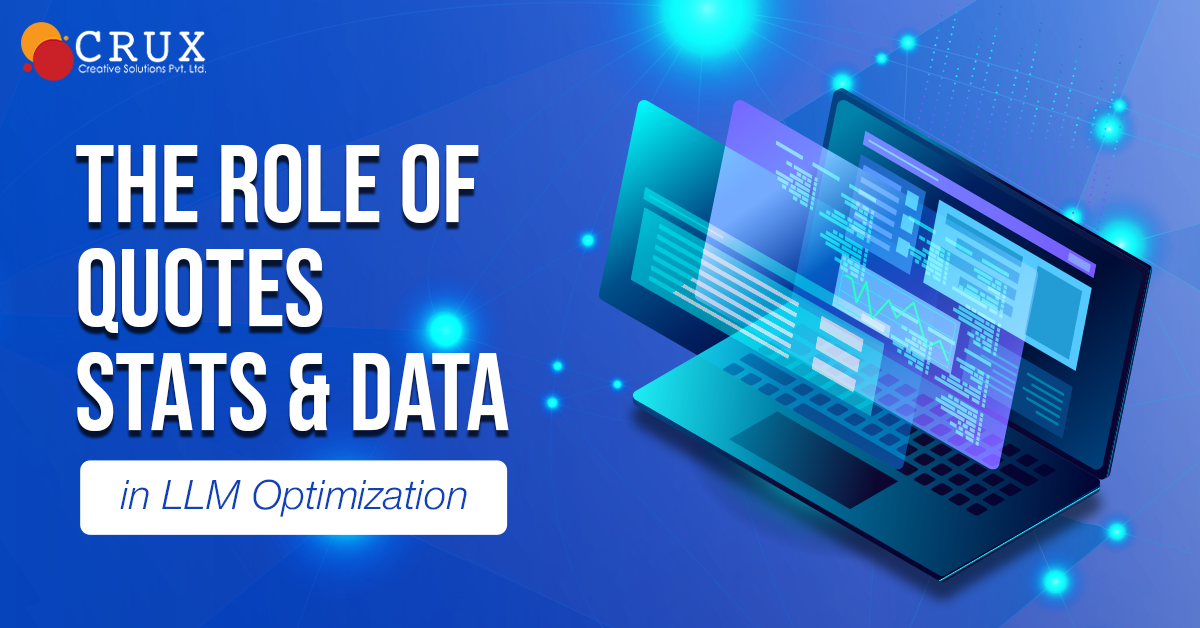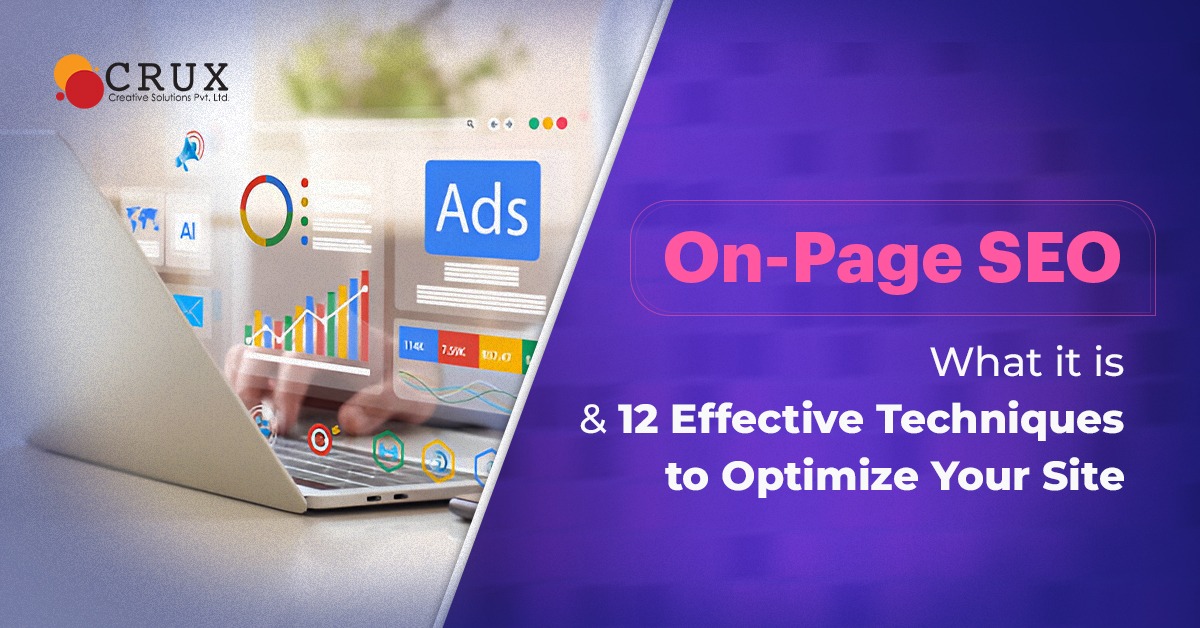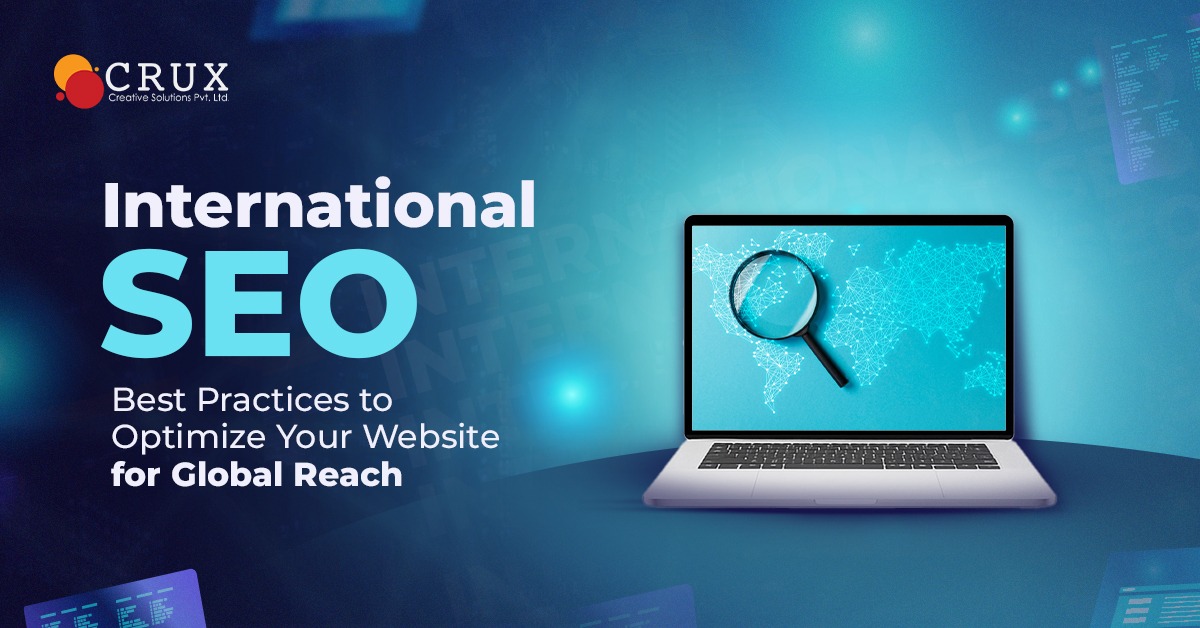
Pros and Cons of Human Generated vs. AI Generated Content
Every brand and business depends on content to communicate. Words explain, attract, and persuade. Whether it is a detailed article, a product story, or a short caption, every message needs to connect with people. But there is a growing challenge — the world demands more content than humans can comfortably create. Tight deadlines, rising costs, and the constant need for fresh ideas have made content creation a race against time.
As demand kept increasing, artificial intelligence arrived as a game changer. It could write blogs, generate ideas, and even mimic writing styles. Suddenly, what once took hours could be completed in minutes. For businesses, AI SEO optimization sounded like a dream. But many began to notice a problem. The text created by AI often lacked soul. It looked right but did not feel right. Readers could sense the difference between something written with emotion and something produced by data.
On the other hand, relying only on human writers could slow production. Creativity cannot be rushed, and people make mistakes or run out of inspiration. The conflict between efficiency and authenticity has become one of the biggest discussions in modern content strategy.
The best approach is not to choose one side but to understand both. Human writing brings warmth, personality, and depth. AI writing brings speed, accuracy, and consistency. When used together, they can produce smart and meaningful content. To see how, let us look deeper into both forms.
The Power of Human Generated Content
Human writing feels alive because it comes from thought and experience. A person understands what emotion fits a situation, how tone changes meaning, and when silence can say more than words. Writers make choices based on empathy, memory, and understanding — qualities machines still struggle to imitate.
Humans also bring context. They know when humor fits, when seriousness is required, and how culture shapes language. This ability to read the moment gives human-created work its edge.
A human writer can take a common topic and make it original through storytelling. They can weave feelings, contrasts, and curiosity into the message. That natural rhythm makes readers stay longer and trust the words they read.
Strengths of Human Generated Content
Creativity
People can imagine what does not exist yet. They can twist language, create metaphors, and build stories that touch the heart. Creativity is unpredictable — and that is exactly what keeps writing fresh.
Emotional Intelligence
Humans understand fear, hope, and joy. They write with empathy. This emotion builds connection, helping readers feel understood instead of targeted.
Cultural Awareness
A writer knows their audience. They recognize the meaning behind local expressions, social references, and cultural tone. AI may copy the surface, but it often misses the deeper context.
Ethical Judgment
Humans have conscience. They understand sensitivity, fairness, and responsibility. They know when not to say something and why it matters.
Weaknesses of Human Generated Content
Time Consumption
Good writing takes time. Research, editing, and rewriting often stretch deadlines, which can be difficult for companies needing quick turnarounds.
Inconsistency
Every writer has a personal voice. Maintaining uniform tone across large projects or multiple authors can be challenging.
Cost
Professional writing and editing require skilled people. For businesses that publish regularly, the expenses can grow.
Subjectivity
Personal experiences shape opinions. Sometimes this adds richness, but it can also create bias or misinterpretation.
The Impact of AI Generated Content
AI-generated writing uses algorithms to learn from existing text and predict patterns that form logical sentences. It can produce long-form articles, captions, and even creative outlines within seconds. AI does not think like a human; it processes massive data and arranges words based on probability.
The result is fast, structured, and often grammatically correct content. It is perfect for repetitive writing tasks or for quickly generating first drafts. AI tools can also adjust tone, summarize large reports, and suggest headlines that attract attention.
Yet, while the technology saves time, it cannot replicate genuine human intent. It creates what people expect to see but rarely surprises the reader.
Strengths of AI Generated Content
Speed and Volume
AI can produce content faster than any team of writers. It can generate hundreds of product descriptions or dozens of articles in a fraction of the time.
Data Accuracy
AI can analyze information, trends, and keywords to create content optimized for search engines and audience interest.
Consistency
When trained properly, AI maintains uniform tone and style across all outputs. This helps brands sound consistent across platforms.
Cost Efficiency
Once developed or subscribed to, AI tools reduce the need for large writing teams, lowering operational costs.
Weaknesses of AI Generated Content
Lack of Emotion
AI can mimic tone but cannot truly feel. It may use emotional words, but the emotion does not grow from experience or understanding.
Limited Originality
Since AI learns from existing data, it often repeats common ideas or phrasing. The result may sound familiar rather than fresh.
Risk of Errors
AI can include factual mistakes or make assumptions without verification. Human review is still necessary.
Dependence on Prompts
AI cannot create from pure imagination. It relies on human input. Poorly framed prompts produce poor results.
A Clear Comparison Between Human and AI Generated Content
The table below highlights the key differences between human generated and AI generated content.
| Aspect | Human Generated Content | AI Generated Content |
| Creativity | High. Driven by imagination and emotion | Moderate. Based on data patterns |
| Speed | Slow but thoughtful | Extremely fast and efficient |
| Accuracy | Depends on research and review | High for structured data, may lack nuance |
| Tone | Flexible and expressive | Consistent but limited emotional depth |
| Cost | Higher due to human labor | Lower after setup or subscription |
| Scalability | Limited by time and capacity | Almost unlimited |
| Authenticity | Strong emotional connection | Often lacks personal touch |
| Ethical Control | Guided by conscience and sensitivity | Dependent on training data and filters |
| Best For | Storytelling, branding, emotional engagement | Bulk writing, product details, SEO optimization |
When Both Work Together….
The strongest results for AI SEO services come when humans and AI collaborate. AI handles structure, research, and formatting. Humans refine, shape, and add feeling. This combination saves time and enhances quality.
For instance, a content manager may use AI to generate the first version of an article. Then a human editor adds storytelling, personal tone, and accurate examples. The end result is efficient, polished, and engaging.
This partnership is already becoming the new standard. It allows teams to scale their content strategy without losing their brand voice.
Top AI Tools for Content Creation
Here are some of the most trusted SEO AI tools that help writers and marketers produce better content efficiently.
ChatGPT
- Useful for brainstorming, drafting, and improving sentence flow
- Can adapt tone and structure for different audiences
- Great for conversational or explanatory content
Jasper AI
- Focused on marketing and brand writing
- Offers templates for product descriptions, ad copies, and email campaigns
- Helps maintain tone consistency across materials
Copy AI
- Designed for quick generation of social posts, headlines, and ad captions
- Includes tools for rewriting and shortening content
- Ideal for small businesses that need frequent content updates
Writesonic
- Combines SEO optimization and content automation
- Can generate long articles, meta descriptions, and summaries
- Offers an intuitive interface for beginners
GrammarlyGO
- Integrates grammar correction with tone suggestions
- Enhances clarity and flow while maintaining author’s voice
- Suitable for editing both human and AI-created drafts
Notion AI
- Built within the Notion workspace for content planning and drafting
- Useful for teams collaborating on creative projects
- Helps organize research and outlines effectively
Sudowrite
- Focused on creative writing and storytelling
- Suggests narrative twists and descriptive improvements
- Favored by novelists and screenwriters exploring AI assistance
The Role of Humans in the Age of AI
Even as technology advances, the role of human creativity will never disappear for the best SEO agencies in Gurgaon. Machines can produce sentences, but meaning still comes from people. Readers crave stories, voices, and experiences that feel real. That is something only humans can offer.
Writers now have an opportunity to evolve rather than resist. By learning how to guide AI effectively, they can use it as a tool for inspiration, research, and structure. This new relationship gives writers more time to focus on what they do best — thinking, feeling, and expressing.
Future of Content Creation
The next chapter of content creation will be collaborative. Humans will lead with imagination, and AI will support with intelligence. As AI learns to adapt tone and understand emotion better, its role will grow. Yet authenticity will remain the deciding factor in what audiences trust.
Transparency will also matter. Readers will expect to know whether content was written by a person, a program, or both. Brands that remain honest will earn credibility and loyalty.
Final Thoughts
Human generated and AI generated content are not competitors — they are partners in progress. One brings intuition, the other brings precision. Together, they redefine what good content means.
Human writing builds trust. AI writing builds reach. When both meet, creativity scales without losing its soul.
The smartest creators of tomorrow will not ask whether to use AI. They will ask how to use it wisely, keeping their message human even when the tools are not. Contact the best SEO agency in Gurgaon to get started.
FAQs
1. How can I tell if content is written by AI or a human?
It’s not always easy, but you can look for small clues. AI content often feels too polished or repetitive and may lack emotional depth or personal experience. Human writing usually has a unique voice, natural flow, and small imperfections that make it relatable.
2. Is AI-generated content safe to use for blogs or marketing?
Yes, as long as it’s reviewed carefully. Always check for accuracy, originality, and tone before publishing. AI can assist with structure and ideas, but human editing ensures the final piece feels authentic and trustworthy.
3. Will AI replace human writers completely?
Not likely. AI can help speed up writing tasks, but it cannot replace creativity, empathy, or storytelling. The best results come when writers use AI as a tool, not a substitute.
4. Can I use both AI and human writing together?
Absolutely. Many brands already do this. AI can handle research, outlines, or first drafts, while humans refine the tone, add insights, and make the message personal. This approach saves time and maintains quality.
5. Which one is better for SEO — human or AI content?
Both can work well if done right. AI can help with keyword placement and structure, while humans make content engaging and credible. For best results, combine both — use AI for efficiency and human creativity for connection.





